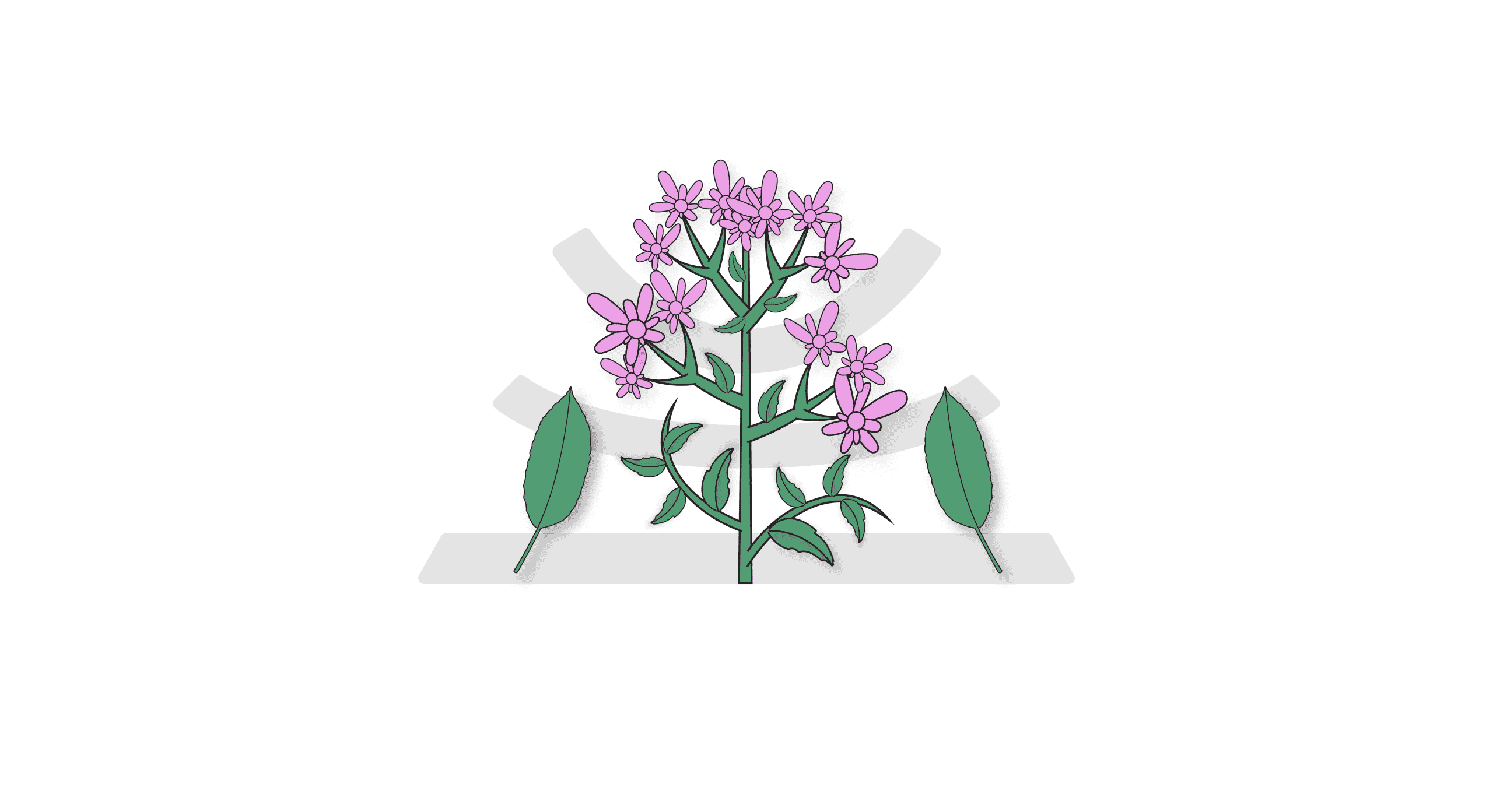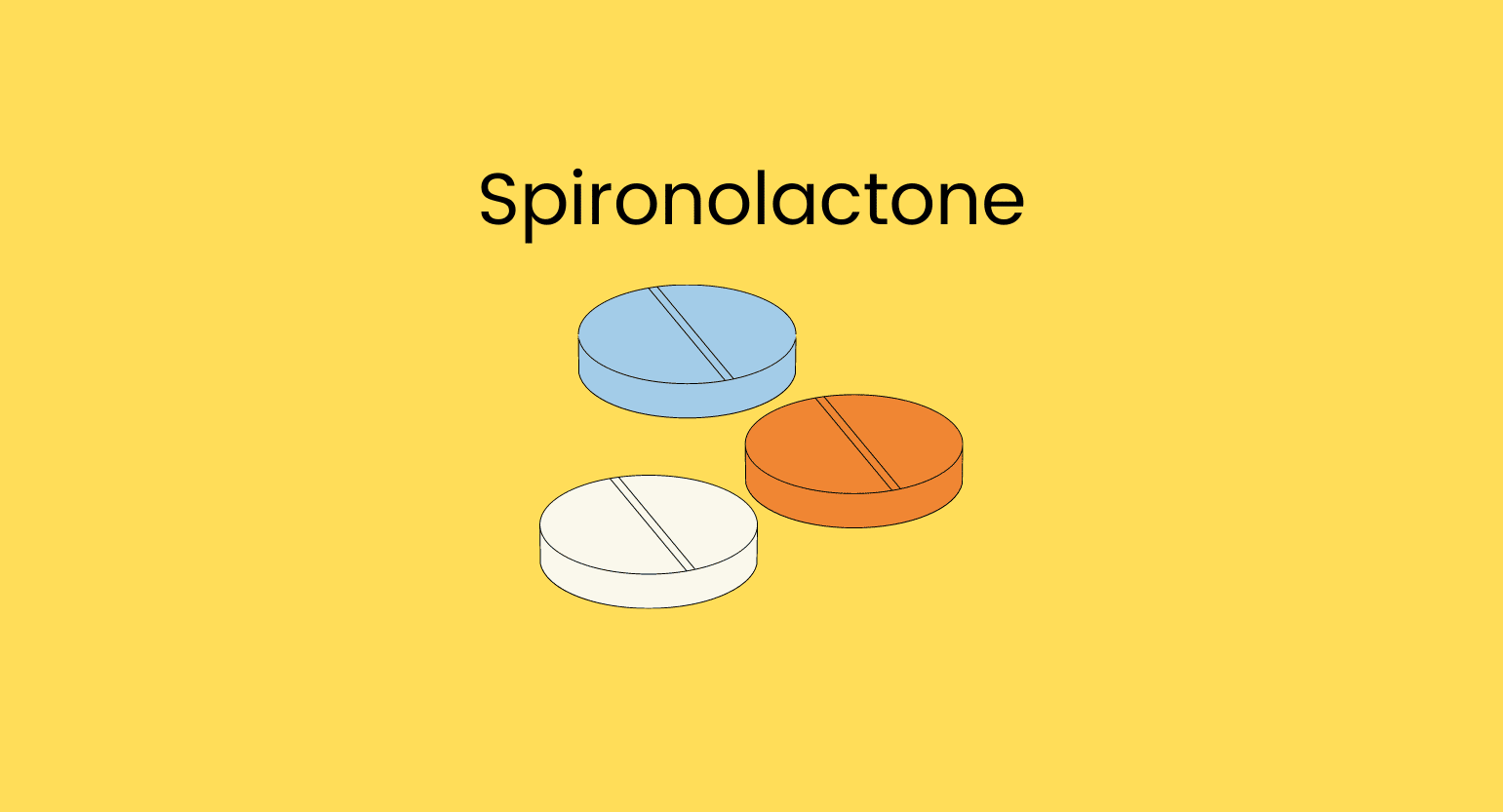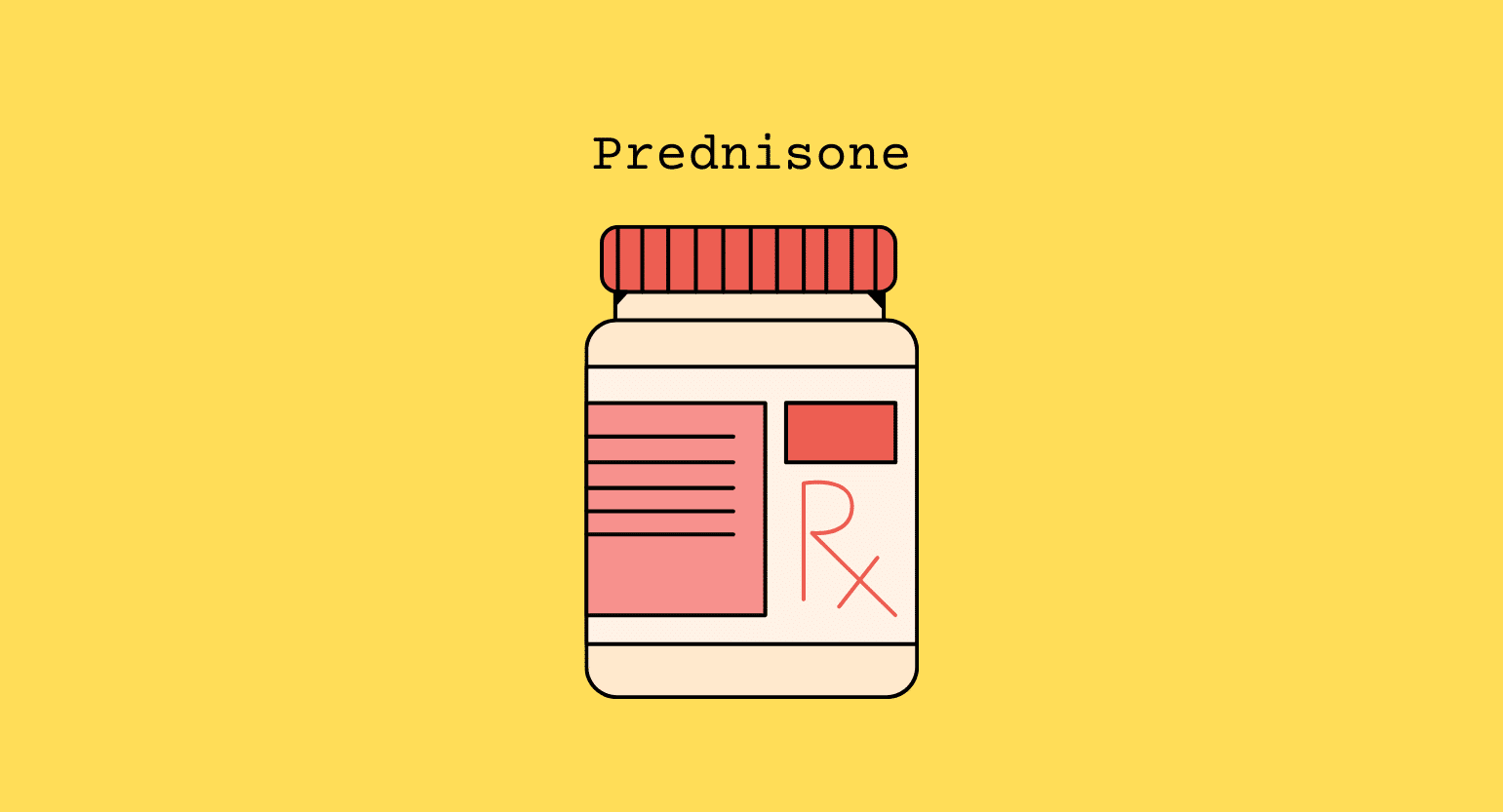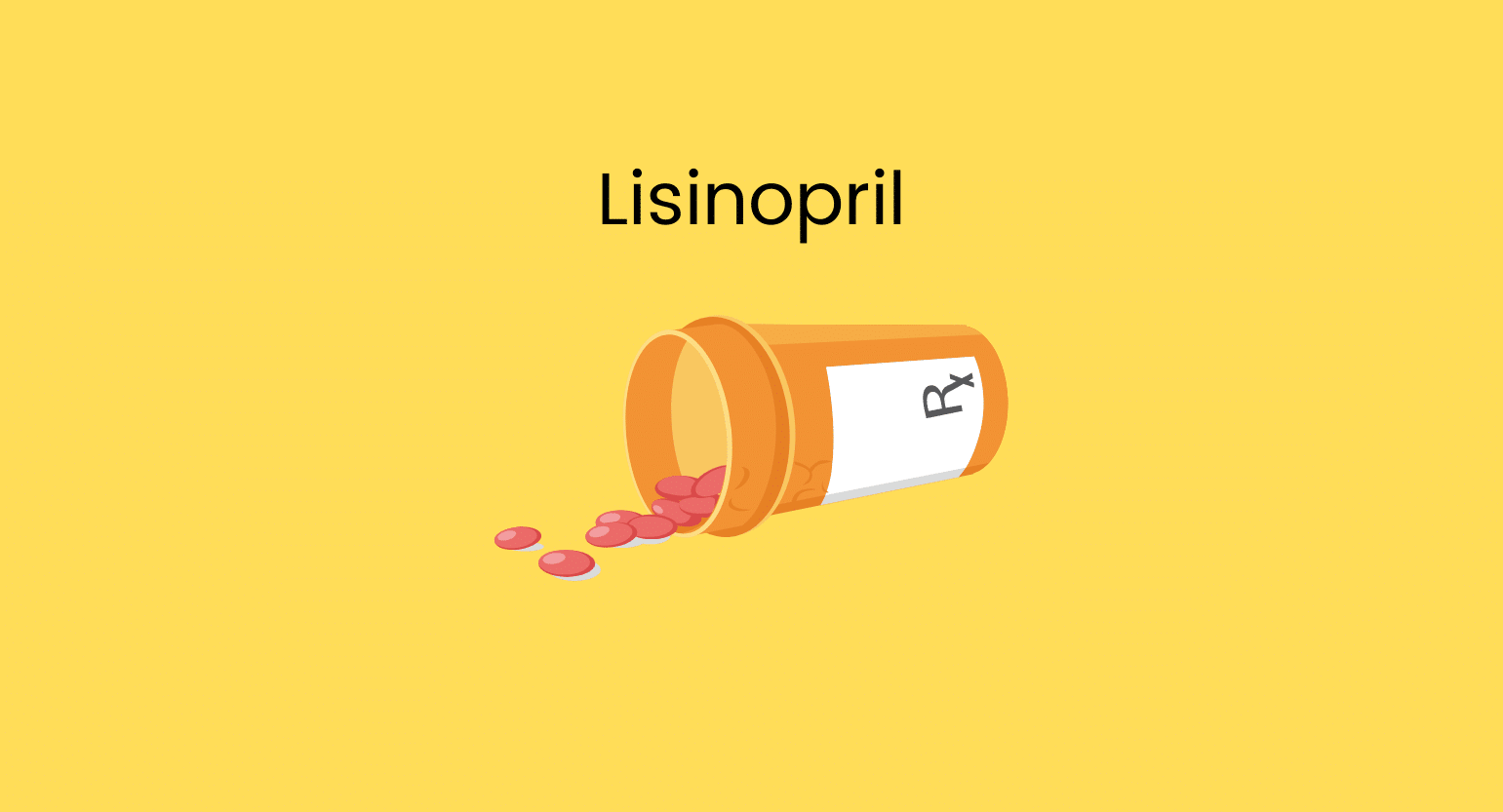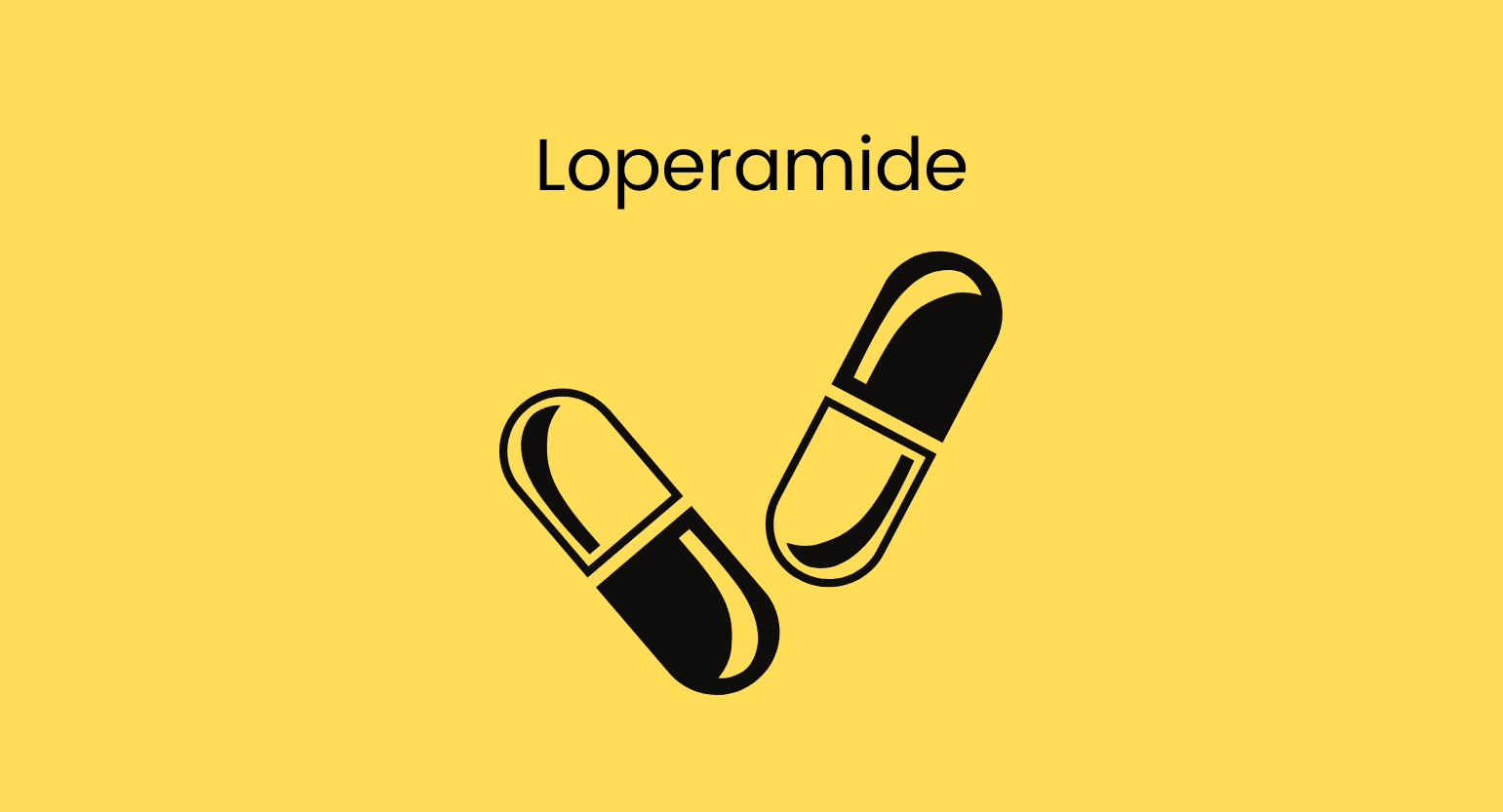Does Kratom Interact With Valerian Root?
Yes. Depending on the kratom dose you take, kratom can either counteract or potentiate valerian root’s effects.
However, there are no formal studies on the safety of this combination. We can only draw some conclusions from what we know about each substance.
Before mixing any substances, always get a doctor’s opinion, especially if you are taking other prescription medications.
Usually, kratom and valerian roots interact like this:
Valerian May Slow Down Kratom’s Metabolism (Metabolic Inhibition)
Most of the drugs and supplements we take are metabolized in the liver by a group of enzymes known as the cytochrome P450 family.
Kratom’s main alkaloids —mitragynine and 7-hydroxy-mitragynine — are broken down by the CYP3A4 enzyme, with minor contributions of CYP2D6 and CYP2C9 [1].
On the other hand, research has shown the potential of valerian to inhibit CYP3A4 [2, 3].
With this information, we can infer that taking kratom and valerian together will slow down kratom’s metabolism and elimination and increase the chance of experiencing side effects, such as headaches and nausea.
Valerian May Potentiate Kratom’s Sedative Effects (Agonistic Interaction)
Red vein kratom strains are famous for their pain-killing and sedative effects. Similarly, valerian root is considered highly sedating. Combining both substances could potentiate the sedative effects and the chances of suffering side effects like drowsiness, numbness, and central nervous system depression.
In pharmacology, the phenomenon of two substances potentiating each other’s effects is known as an agonistic interaction.
Valerian May Counteract Kratom’s Uplifting (Antagonistic Interaction)
Low doses of kratom provide energizing, uplifting effects. Also, white vein kratom strains are potent stimulants.
If combined with valerian root, it is highly likely that both herbs will negate each other’s effects, and you will not fully experience the benefits of either.
Also, keep in mind that neither kratom nor valerian root is an FDA-approved substance, so there are no industry regulations on their production and distribution. You must check the quality and look for trusted products before consumption.
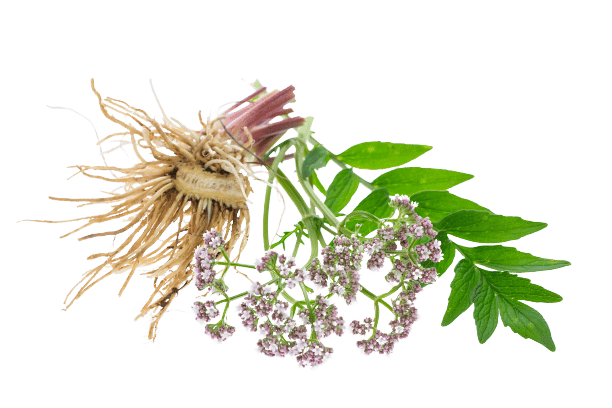
Kratom & Herbal Supplements’ Interactions
Valerian root is an alternative medicine typically used to treat sleep problems, mainly insomnia. It is commonly sold as a herbal supplement and can be taken as a tea, in capsules, tablets, essential oils, or tinctures [4].
Valerian provides a soothing effect and acts as a sedative, inducing sleep. Many herbal products encourage sleep and share a similar risk level when combined with kratom.
Other herbal supplements that kratom may interact with include:
- Ashwagandha
- Evening Primrose
- Kava
- Hops
- Ginseng
Is It Safe to Take Kratom With Valerian Root?
Combining kratom with valerian root presents no substantial risks, at least in average doses and when used short term. There are no studies made regarding the interaction of these herbs, so all evidence we found is anecdotal.
According to people who have tried them together, you should be fine if you dose them responsibly and watch for side effects. Remember to start with low amounts, increasing them gradually as you see fit.
Nevertheless, always consult a doctor first to be completely safe, especially if you take other medications.
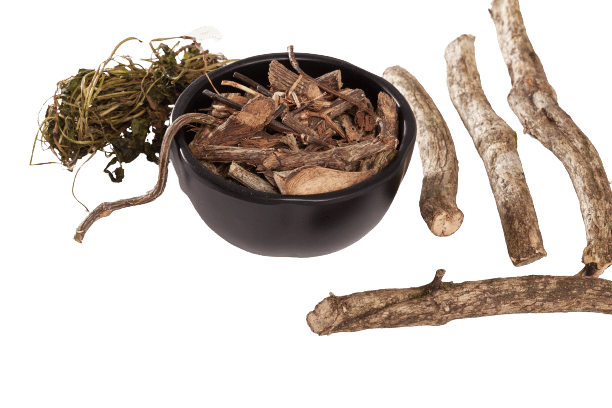
What Is Valerian Root?
Valerian root is a herb sold in the US as a dietary supplement. The plant is native to Europe and Asia, and its roots have been used as a medicinal herb since Ancient Greece.
Several different varieties of valerian exist, with Valerian officinalis being the most commonly used in Western medicine. Unlike the plant’s flowers, the roots have a characteristic pungent smell that some people find very unpleasant.
Two kinds of chemicals in valerian root are responsible for the sedative effect.
The first category is valerenic acid and its derivatives, which induce sedation in animals. The second category is the iridoids and valepotriates, which have also been tested and found to act as sedatives.
Valerian Root Specifications
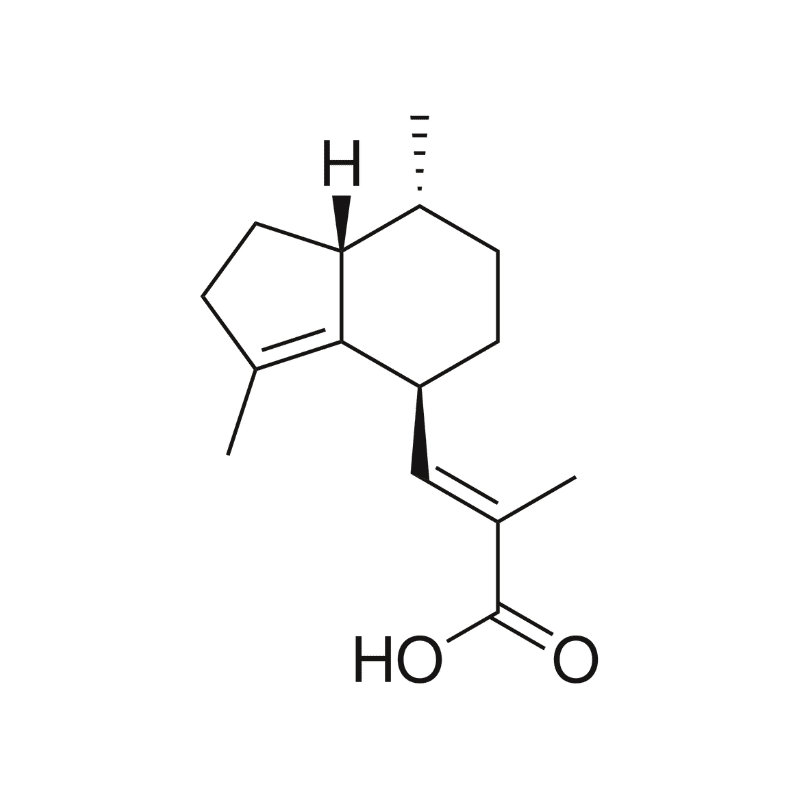
| Drug Name | Valeriana officinalis |
| Classification | Herbal supplement |
| CYP Metabolism | Unknown |
| Interaction With Kratom | Metabolic Inhibition, Agonistic, & Antagonistic |
| Risk of Interaction | Low |
What Is Valerian Root Used For?
The most common use of valerian root is to increase sleep quality, and fight insomnia, as it improves sleep latency (the time it takes to fall asleep) [5, 6].
It’s also commonly used to help with anxiety and depression since it has fewer side effects than traditional medication. Valerian root also relieves PMS and other menopausal disorders and improves brain function.
What’s the Dose of Valerian Root?
The dose of valerian root depends on the way it is administered. Recommended doses for capsules are around 450 mg a day, with some herbalists recommending up to 800 mg a day. It can be spread over a few times a day or as a full dose before sleep.
Other recommended doses are 3-9 g of dried root, 2-6 mL of liquid extract, or 1-15 mL of tincture per day—higher intakes of valerian cause sleepiness and a ‘hangover’ effect the day after taking them.
It’s important to remember that the FDA does not regulate valerian root. As a result, there isn’t much research on its effects, and the product quality and potency can significantly vary between different producers.
Generic & Brand Name Versions
Valerian comes in different formats. The most popular one is capsules, and though many different brands exist, they all offer the product under the name “valerian root,” so it’s easy to identify it.
It’s also commercialized as a liquid extract, dried root powder, or tinctures, though these are less common than pills or capsules.
Valerian is available under the following names:
- Amantilla
- Baldrian
- All Heal
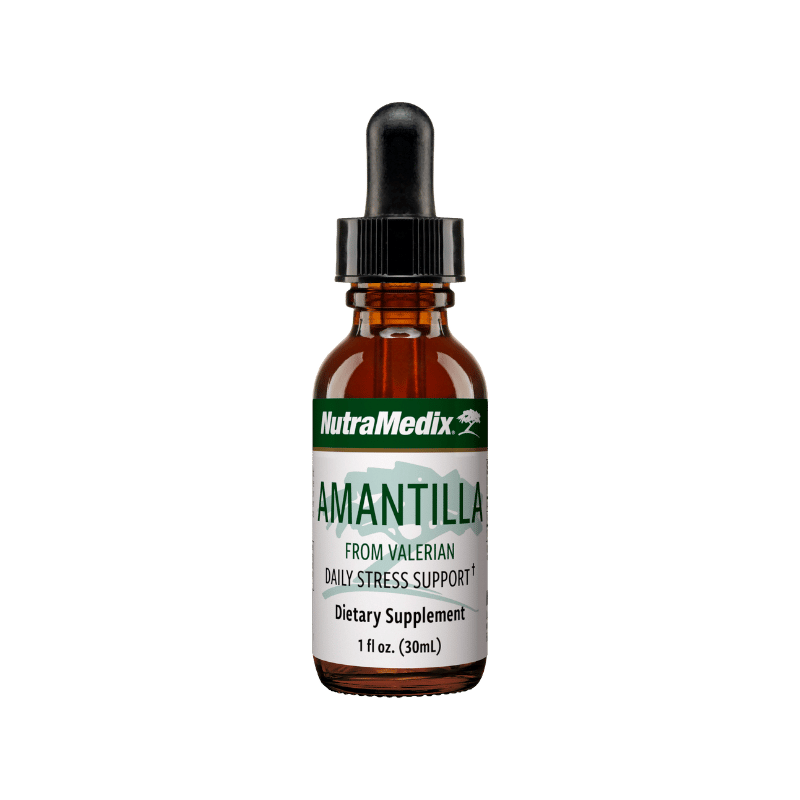
What Are the Side Effects of Valerian Root?
Valerian is usually well-tolerated when used short term, and it doesn’t carry significant side effects. However, some users may experience some adverse effects, usually when taking high doses of the herb.
Common side effects of valerian include dizziness, headaches, stomach problems, drowsiness, and sleeplessness. Do not drive or operate heavy machinery after taking valerian.
What Is Kratom?
Kratom (Mitragyna speciosa) is an evergreen tree that grows in Southeast Asia and has been used for centuries as traditional medicine by indigenous people to combat pain and fatigue. It has many health benefits, and it can act as a stimulant and a sedative, depending on the strain and dosage.

What’s Kratom Used For?
Primarily, kratom acts as a pain reliever. In low doses, it also works as a mild stimulant and can be used to replace caffeine.
Kratom has recently been gaining popularity as an alternative natural for the following conditions:
- ADHD (Attention Deficit & Hyperactivity Disorder)
- Anxiety
- Arthritis pain
- Benzodiazepine withdrawal syndrome
- Chemotherapy-related pain
- Chronic back pain
- Depression
- Energy & focus
- Fibromyalgia
- Insomnia
- Migraines
- Mood
- Opiate withdrawal symptoms
- Nerve pain
- Psoriatic arthritis
- Weight loss
Related: What Does Kratom Feel Like? Will It Get Me High?
What’s the Dose of Kratom?
The recommended dose of kratom powder depends on your body weight and the effect you’re looking for. Consider 2-6 grams as a low dose and 8 grams or higher as a heavy or high dose.
Though the effects also depend on the strain, low doses provide energy and help enhance focus, and average to high doses promote sedative effects and relieve pain.
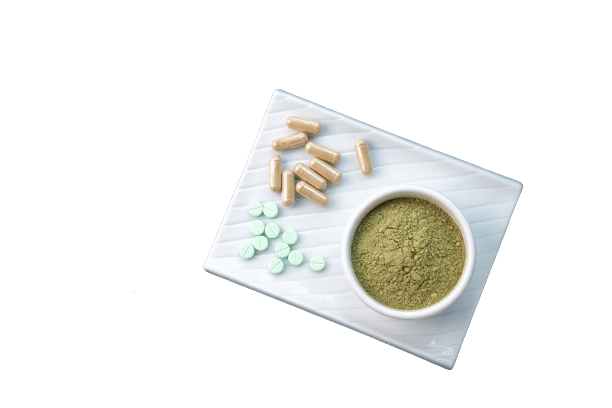
What Are the Side Effects of Kratom?
Kratom’s side effects usually come with higher-than-average doses. The most common ones are nausea and vomiting, which are indicators that you’ve taken too much.
Other unpleasant side effects of kratom include:
- Anxiety or restlessness
- Constipation
- Diarrhea
- Dizziness
- Depression
- Frequent urination
- Headaches
- Heart palpitations
- High blood pressure
- Liver damage (with long-term use)
- Low libido
- Nausea and vomiting
- Numbness
- Sedation and prolonged sleepiness
- Withdrawal symptoms
It’s common to feel lethargy or persistent drowsiness; some people even refer to these sensations as “the kratom wobbles.”
These side effects can be avoided by spacing out your doses or outright reducing the dose — which also helps you avoid developing an addiction or tolerance.
Do not use kratom while pregnant or breastfeeding, as it can reach the baby through the bloodstream and cause withdrawal symptoms.
What Are the Different Types of Kratom?

White Vein Kratom
White-veined strains are the most uplifting and stimulating kratom varieties. They’re commonly used as nootropics, helping users stay awake and alert. They are handy for students and hard workers looking to increase productivity and stay focused for hours.

Red Vein Kratom
Those in need of relaxation typically use red-veined strains. Consequently, many use them before sleep or as a painkiller. Low doses of red strains usually have an energetic effect, with larger amounts providing strong sedation.

Green Vein Kratom
Green-veined strains are considered balanced and versatile and are especially useful for beginners, as they are generally milder than other varieties. They are the most affordable and commonly found strains.

Yellow Vein Kratom
Yellow-veined kratom is not a variety but the blending of two or more different kratom strains. The resulting mix is usually colored yellow by mixing white and green strains, thus its name. This blend will have the effects of the combined strains but is commonly used for anxiety relief.
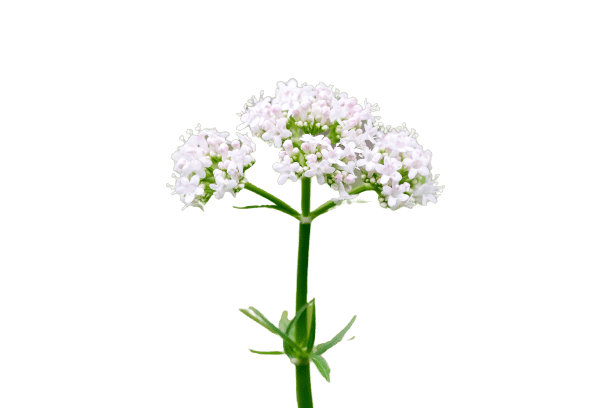
Key Takeaways: Is it Safe to Mix Kratom & Valerian Root?
With careful use, there seem to be minimal risks associated with mixing kratom and valerian root. However, both herbs can potentiate each other’s effects — in high kratom doses or red-veined strains.
Kratom’s more stimulating varieties or small doses will probably cancel some of the valerian’s sedative properties, as they provide energy boosts.
The side effects of both herbs are very similar, which means that combining them is likely to increase the chance of experiencing these unpleasant sensations. These effects, however, can be easily avoided by carefully measuring the doses of both substances.
Always consult a physician before taking both substances together, especially if you take any other medication that affects the nervous system.
- Kamble, S. H., Sharma, A., King, T. I., León, F., McCurdy, C. R., & Avery, B. A. (2019). Metabolite profiling and identification of enzymes responsible for the metabolism of mitragynine, the major alkaloid of Mitragyna speciosa (kratom). Xenobiotica, 49(11), 1279-1288.
- Anna Bogacz, Przemyslaw M. Mrozikiewicz, Monika Karasiewicz, Joanna Bartkowiak-Wieczorek, Marian Majchrzycki, Przemyslaw L. Mikolajczak, Marcin Ozarowski, and Edmund Grzeskowiak. The Influence of Standardized Valeriana officinalis Extract on the CYP3A1 Gene Expression by Nuclear Receptors in In Vivo Model. Biomed Res Int. 2014; 2014: 819093.
- Hellum, B. H., & Nilsen, O. G. (2008). In vitro inhibition of CYP3A4 metabolism and P‐glycoprotein‐mediated transport by trade herbal products. Basic & clinical pharmacology & toxicology, 102(5), 466-475.
- National Institutes of Health, Dietary Supplement Fact Sheets, Valerian, 2013.
- Murti, K., Kaushik, M., Sangwan, Y., & Kaushik, A. (2011). Pharmacological properties of Valeriana officinalis-a review. Pharmacologyonline, 3, 641-646.
- Valerian for insomnia: a systematic review of randomized clinical trials, C. Stevinson, E. Ernst, 2000.

